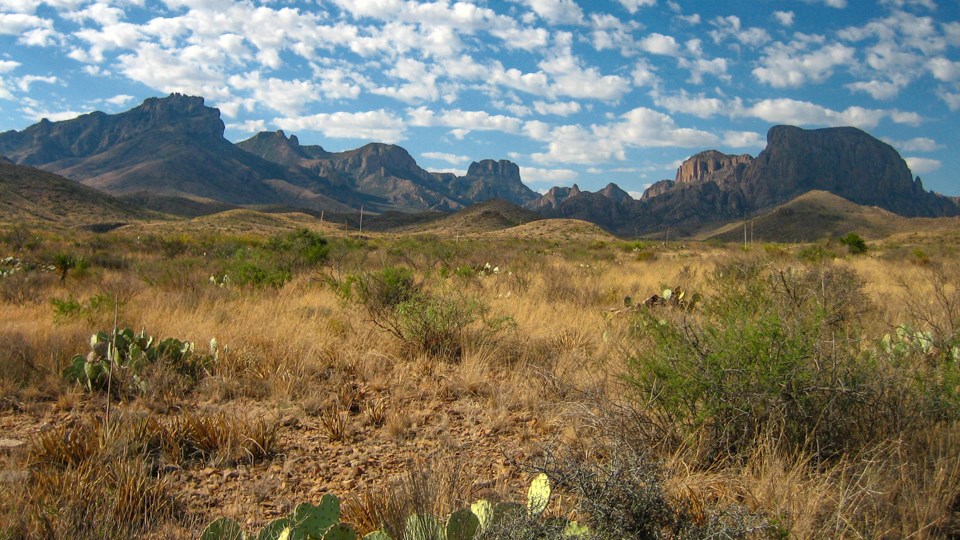
NPS/R. Wonite 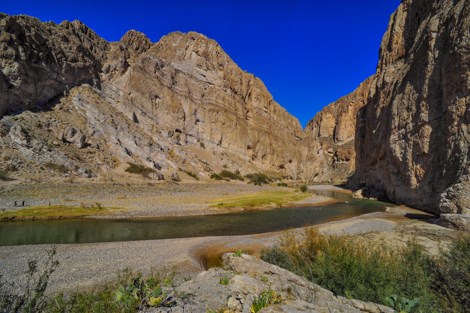
NPS/M. Schuler RiverThe one location where you can count on seeing water in the park is along the Rio Grande—an oasis that’s been called the “lifeblood” of Big Bend. Although the river, as the boundary between the United States and Mexico, looks like a solid line on maps of the area, it is always changing, always carving, subject to its own whims. The Rio Grande takes us along on its current, opening our eyes to a panorama of towering cliffs, brilliant bird life, grassy beaches, and a slower way of life. Without the river, we wouldn't have "the Big Bend." Without "the Big Bend," what would this place be?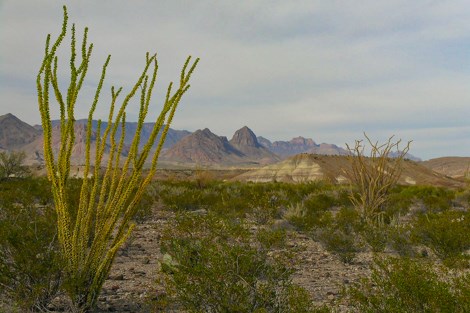
NPS/B. Trester DesertBig Bend National Park is located at the northern end of the Chihuahuan Desert. Since most of the Chihuahuan Desert is located in Mexico, Big Bend represents the largest protected portion of the Chihuahuan Desert in the United States. The protections resulting from its national park status have allowed Big Bend to remain one of the most pristine examples of America's Chihuahuan Desert. As such, it has been designated the Big Bend Biosphere Region. 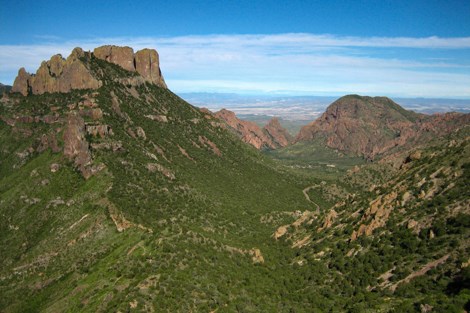
NPS/R. Wonite MountainsIn the heart of Big Bend lie the Chisos Mountains, mountains born of fire during volcanic eruptions and intrusions 40 to 60 million years ago and exposed by the incessant forces of erosion. As you ascend the slopes of the Chisos, the thorns of the desert give way to evergreens like pinyon pine and juniper. Some surprising species living at the very limit of their ranges can be found in the higher, moister areas—bigtooth maple, quaking aspen, and Douglas fir. Although only 2% of the park is woodland, this area draws people like a magnet—especially in the summer—as daytime temperatures are usually about 20 degrees cooler than by the river. Here, in this mountain island surrounded by a desert sea, one can find flora and fauna unique to the Chihuahuan Desert and some unique to Big Bend.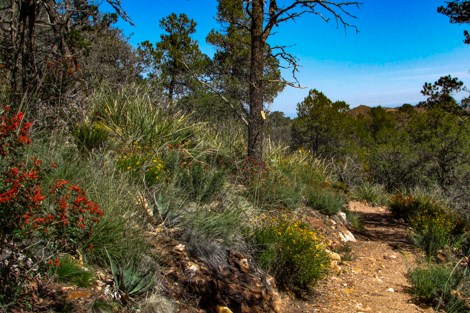
NPS/J. Jurado Ecosystem Stories |
Last updated: January 22, 2025
